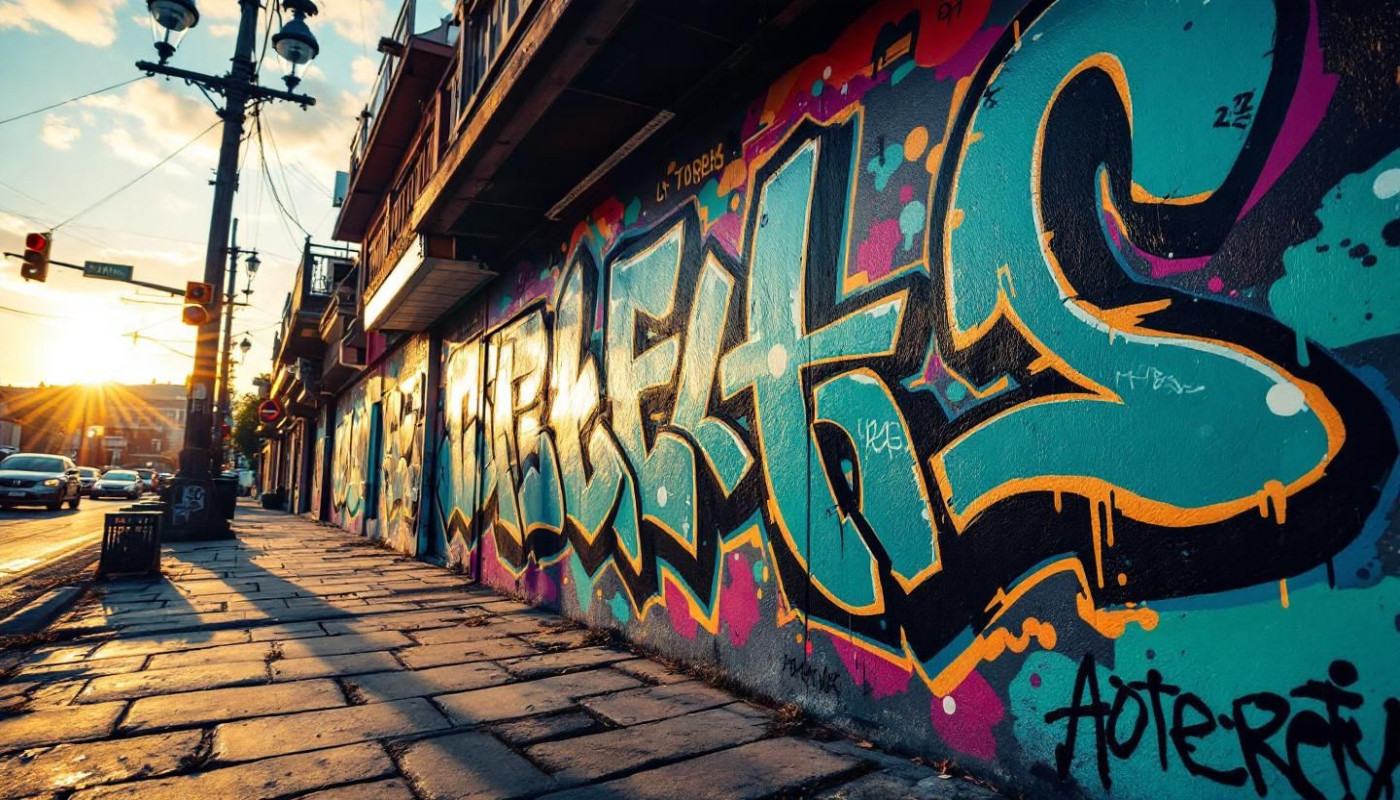Table of contents
In a world characterized by the rapid evolution of technology and modernization, there is something inherently fascinating about reaching back into the canvas of time to rediscover and understand our roots. This is particularly relevant when it comes to the sphere of art, which serves as a vibrant expression of human creativity and imagination. Art, in its myriad forms, has always been a powerful medium of storytelling, chronicling the journey of civilizations, cultures, and individuals. One of the most intriguing aspects of this journey is the revival of ancient art forms in the modern world. This resurgence not only pays homage to our ancestors but also incorporates these timeless techniques into contemporary creativity. Let's delve deeper into this intriguing subject through this article.
The Revival of Ancient Art Forms: A Renaissance in the Modern World
The phenomenon of ancient art revival is not new to the modern world. It signifies a cultural resurgence, blending contemporary creativity with timeless techniques, and has been gathering momentum for some years now. This trend can be traced back to the late 20th century when artists and critics started acknowledging the importance of ancient art forms in shaping the cultural and artistic landscape of the present day.
One of the primary reasons for this revival can be attributed to the growing appreciation for traditional art forms and the desire to preserve them for future generations. The modern world, despite its rapid technological advancements, yearns for a connection with its roots. Ancient art forms offer this connection, providing a rich tapestry of history and tradition that is as engaging as it is enlightening.
A striking example of such an Artistic Renaissance can be seen in the resurgence of traditional methods in visual arts. Techniques such as fresco painting and mosaic art, which were once considered obsolete, are now being revived by artists around the globe. Similarly, ancient performing arts like Chinese opera and Greek theatre are experiencing a renaissance, captivating modern audiences with their timeless appeal.
These instances of ancient art revival are testament to the fact that even in a world dominated by digital art and virtual reality, there's a place for traditional artistic expressions. The blend of the past and the present, the old and the new, is what makes the current art scene so vibrant and dynamic, marking it as a true Artistic Renaissance.
Modern Interpretations of Ancient Art Forms
The artistic landscape is teeming with modern interpretations of ancient art forms. These fresh renditions are not merely reproductions of the past, but innovative reconstructions that beautifully blend tradition and novelty. Modern artists are challenging themselves to delve into historical artistry, drawing inspiration from them while adding their unique styles and contemporary influences.
The term 'Artistic Transformation' aptly captures this phenomenon, as artists breathe new life into age-old art with their creative prowess and contemporary twists. They are not only preserving the rich artistic heritage but also ensuring its artistic relevance in today's fast-paced world. Their interpretations are a testament to the timeless appeal of ancient art forms, further reinforcing their significance in the cultural dialogue.
For instance, modern interpretations of Greek pottery art emphasize on abstract patterns and bold colors, deviating from the traditional black-figure style but keeping its essence intact. Similarly, contemporary artists are reinventing Egyptian Hieroglyphs by incorporating them into digital art and graffiti, showcasing how ancient art forms can adapt to the ever-evolving artistic mediums.
In conclusion, modern interpretations of ancient art forms are not just about artistic exploration, but also about cultural preservation, ensuring these artistic treasures continue to inspire and engage audiences in the future.
Preservation of Culture and Heritage through Art
The revival of ancient art forms holds a significant role in the preservation of culture and heritage. These timeless art forms not only encapsulate the aesthetic sensibilities of a bygone era but also serve as a portal to the cultural and historical context of that time. When we engage with 'ancient art forms', we are not simply appreciating beauty, but delving into a rich tapestry of traditions and narratives that have shaped our 'human civilization'.
These art forms provide a tangible link to our past, a testament to the creative spirit and ingenuity of our ancestors. They give us a sense of continuity and connection, underscoring the importance of 'culture preservation'. As a form of 'Cultural Conservation', reviving and promoting ancient art forms ensure that these invaluable cultural artifacts are not lost to time. They help us understand the evolution of our societal values, beliefs, and customs, thereby enriching our understanding of our roots and identity.
Moreover, the preservation and revival of ancient art forms contribute to the maintenance and perpetuation of 'heritage'. Just as genetic traits are passed down through generations, so too are cultural and artistic practices. These serve as a collective memory, a reservoir of shared experiences and wisdom that can inspire and guide future generations. By upholding these traditions, we ensure that the lessons of the past are not forgotten and that the brilliance of our cultural legacy continues to shine. Thus, the revival of ancient art forms is not just an act of aesthetic appreciation, but a commitment to the protection and propagation of our shared cultural heritage.
The Challenges of Reviving Ancient Art Forms
The revival and adaptation of ancient art forms is no easy task, laden with a myriad of obstacles, and requiring a deep understanding of 'artistic restoration'. One of the primary 'adaptation challenges' is the lack of 'artistic documentation'. Many ancient art forms, unfortunately, lack documented records or historical accounts about their creation, making the task of restoring and replicating them extremely complex.
The understanding and application of 'original techniques' and materials also poses a significant challenge. The tools, materials, and methods employed by ancient artists were often unique to their specific time period and region. Modern artists and restorers, even with advanced technology, may find it difficult to recreate the exact essence and detail of the original artwork.
'Interest generation' among the younger demographic is another hurdle faced in the 'ancient art revival'. In an era dominated by digital art and contemporary styles, the interest and appreciation for older, more traditional art forms can be significantly lacking. This lack of interest impedes the spread and awareness of these ancient art forms, making their survival in the modern world even more precarious.
Nevertheless, the individuals best equipped for this daunting task are curators and conservators. Their vast knowledge, expertise, and passion for art make them the ideal candidates to tackle these challenges and ensure the survival and appreciation of ancient art forms in the modern world.
Implications of Ancient Art Revival for the Future
Imagining the forward-moving trajectory of the art world is as thrilling as it is thought-provoking. It propels the curiosity of many to ponder the 'future implications' of an 'ancient art revival'. Unfolding this phenomenon brings a fresh perspective to the domain of 'contemporary art', injecting it with a sense of rich heritage and timeless aesthetics. Unquestionably, this exchange of eras can open up untapped artistic avenues.
Beyond the realms of creativity, this revival can have a profound impact on 'art education'. A resurgence of age-old art forms in modern times can provide a broader canvas for learning, fostering an understanding of past arts and their relevance to present creative expressions. This interplay of the old and the new can, therefore, catalyze a more comprehensive art education system.
'Cultural preservation' is another aspect that stands to gain greatly from this revival. By bringing ancient art forms back to life, we create a living testament to our past, ensuring that our cultural heritage is not lost in the sands of time. Hence, the ancient art revival serves as a bridge, connecting generations and enabling them to learn and appreciate their cultural roots.
The 'Artistic Prognosis’ with regards to the implications of ancient art revival paints a promising picture. The fusion of the old with the new, tradition with modernity, presents an enriching path for the future of art. It invites a deeper understanding of art's past, present, and potential, stimulating a dynamic evolution of art itself.
On the same subject






